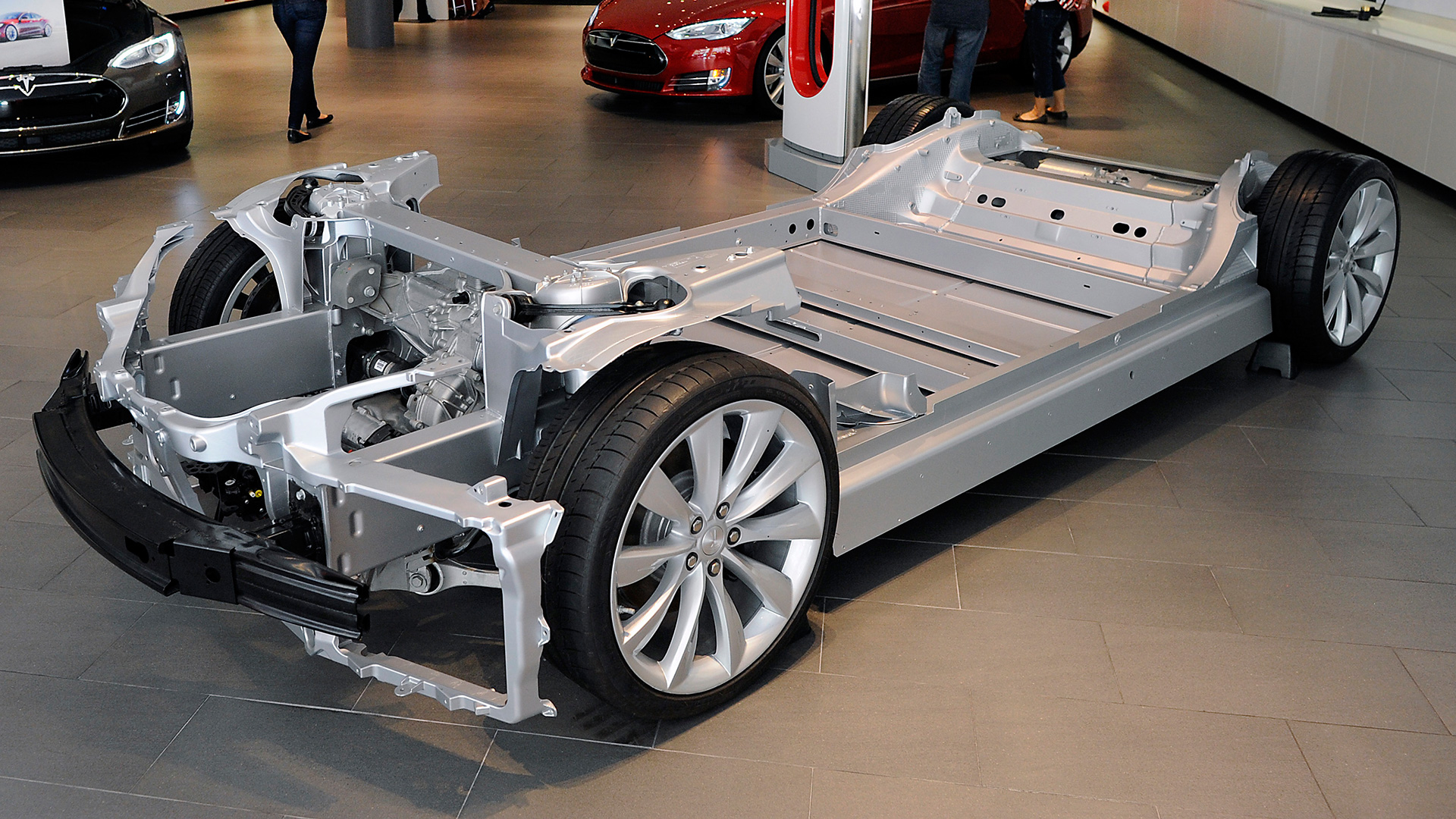According to survey done by the EV advocacy group Plug-In America, almost two-thirds of early production Tesla Model S sedans suffer battery component failure before 60,000 miles. To be clear, the survey was small—327 Tesla owners responded—providing strong anecdotal, if not scientific, evidence. Still, over 200 failed drivetrains are significant, even for a new and experimental company.
This isn’t the first time quibbles have arisen over Tesla’s reliability. Although Consumer Reports awarded a top score to Tesla’s flagship Model S P85—a furiously fast, dual-motor, 691-horsepower sedan—the Tesla Model S does not appear on Consumer Reports’ list of recommended buys due to a “worse-than-average overall problem rate.” In doing analysis of Plug-In America’s survey, Green Car Reports found that for 2012 and 2013 Tesla models, 66 percent required a new electric motor before 60,000 miles.
In response to the site’s analysis, Tesla pointed to its 97-percent customer satisfaction rate. And, really, that’s all that matters. Tesla produces some of the most technically advanced (and safest) cars on any road. Despite having been on the market for a few years, Tesla’s cars still boast the most range, at up to 270 miles, and are the most dynamically thrilling electric cars, hands down. At the end of the day, it seems consumers are willing to put up with some niggles if it means driving the best electric car. Plus, Tesla’s generous eight-year warranty means repairs, even large ones, come free.
